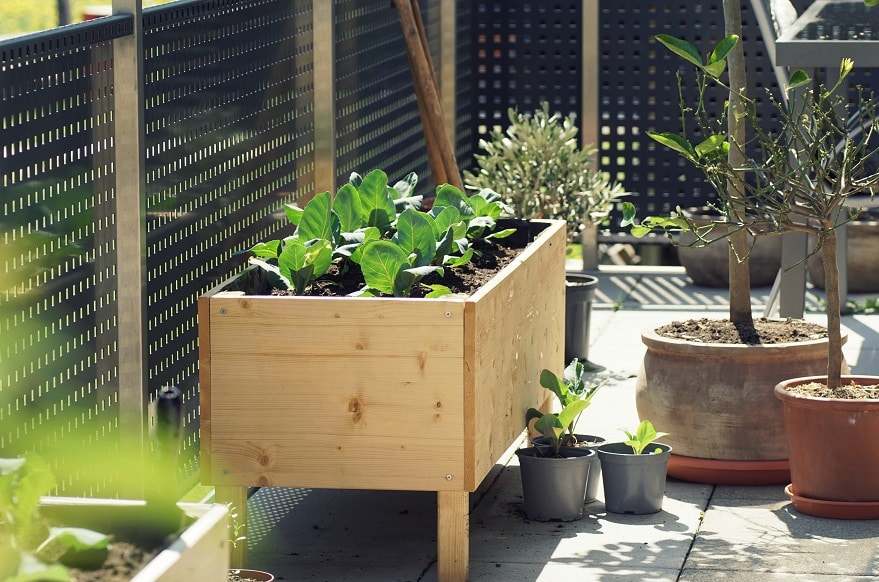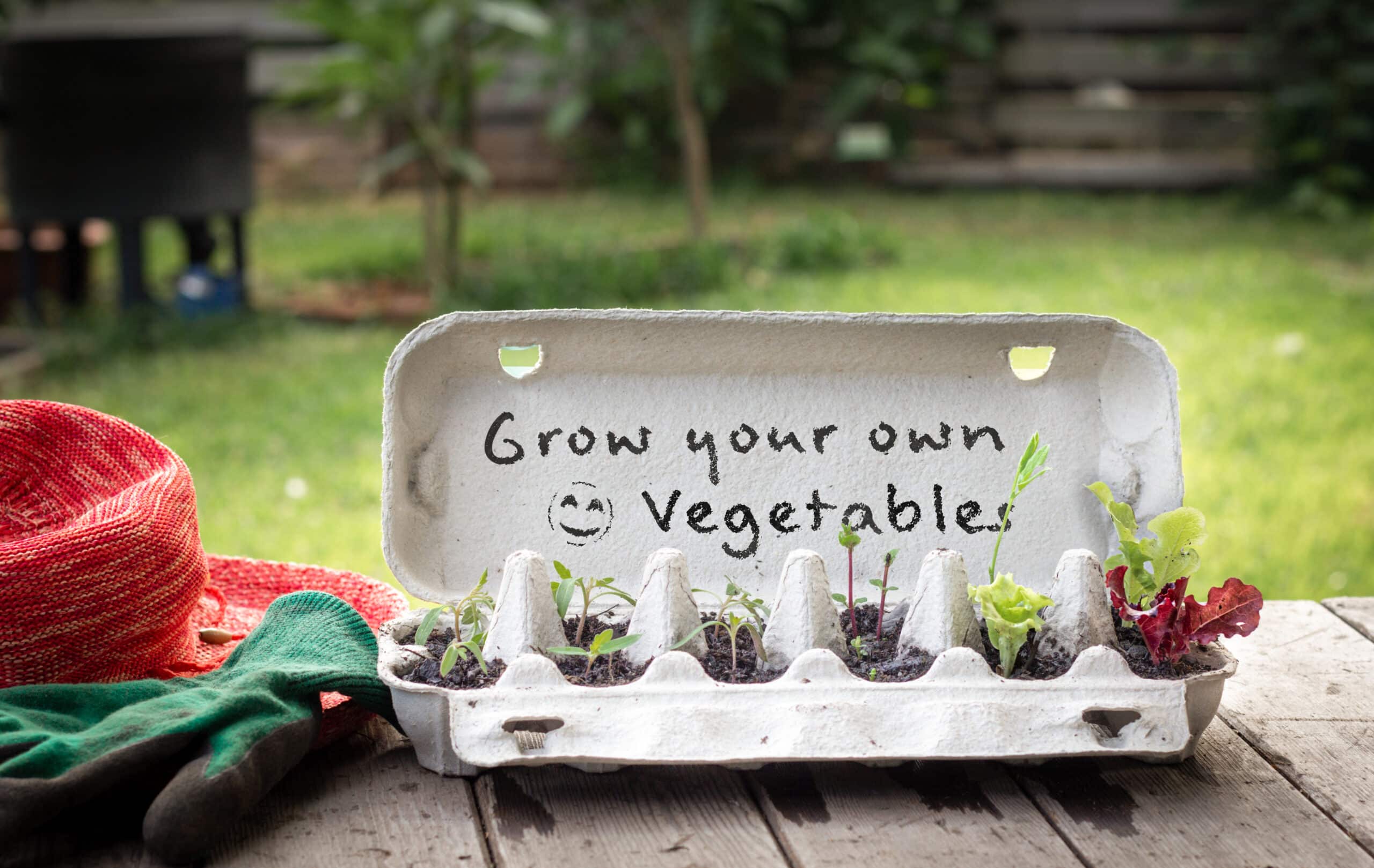
What is modern homesteading?
Modern homesteading refers to a self-sufficient lifestyle—living autonomously, with minimum help from others. In a nutshell, it includes subsistence agriculture, renewable energy sources when possible, home preservation of food, zero-waste living, and, depending on your skills, even homeschooling, and craftwork.
However, you don’t have to produce everything yourself to be a homesteader. Technology on one side and dedicated communities have now evolved to help anyone become self-sufficient and live a simple and sustainable lifestyle even if they can’t afford to live on a farm.
The term comes from the Homestead Act (1862), which offered 160 acres of federal land to US citizens who would live there for at least five years. The act remained in effect until 1986, but the concept of being self-sufficient has stayed in the American culture.
The pandemic boosted modern homesteading as more and more people started to look for sustainable alternatives to the job-centered, modern lifestyle. A self-sufficient lifestyle is an opportunity to slow down and enjoy life, with less to no need for commercial goods and services. Sometimes, it can also include reducing interactions with the government, financial markets, and centralized economy to a minimum.
How to live a modern homesteading life in 5 simple steps?
Now that you know what modern homesteading is all about let’s see how you can get started.
1. Analyze your current lifestyle
Sure, location matters, but the first step toward a self-sufficient lifestyle it’s not necessarily buying land. Homesteading can happen everywhere, so you can start from your apartment if you don’t own any land.
Begin with analyzing your current lifestyle and resources, with particular attention to these details:
- Your income. Homesteading is a long-term plan, so you won’t produce enough to pay your bills and taxes right from the start. Even when owning land, some people choose to keep their jobs and transit to part-time commitments in time before they shift to farming full time. Moreover, if you’re in debt, go over your finances carefully and find ways to reduce the financial burden before you quit your job.
- Your current needs. Homesteading isn’t a one-size-fits-all recipe for a simple lifestyle. Depending on the time and resources you can dedicate to growing your food and producing energy, you can choose how far you want to go and make a gradual transition. Moreover, a slow shift is more likely to keep you motivated and satisfied with your choices.
- Your skills. Working the land or getting familiar with small crafting requires strength and ability. Doing can teach you more than any books or YouTube videos, but you still need basic knowledge about growing plants, taking care of animals, or finding farmer markets near you. Take some time to identify reliable sources of information and learn basic skills before jumping all-in homesteading.
- Your location. You don’t need to wait until you can buy a farm to get started. Small steps can help you gain the skills before you can afford to go all-in. Find those things you’re comfortable doing at your current location, and start from there.
2. Make a realistic plan
Homesteading is about patience and respecting the natural course of life when growing animals, buying groceries, or planting crops. Having a realistic plan for how much you can produce and where you’ll get the rest of your supplies can increase your chances to succeed significantly.
You need to find sustainable providers and make a budget that covers monthly expenses for what you bring from the outside. The more in-depth you can go, the easier it’ll be to focus on the things that matter instead of worrying about providing for your family.
Make a list of the things you can do, and pick some of the activities you’re most confident about to get started.
Here are some of the things you can start with, regardless of your location:
- Garden in containers or grow herbs and sprouts on a windowsill
- Cook food from scratch with fresh ingredients from the farmer’s market
- Make bread, yogurt, and cheese
- Sew or knit your clothing
- Make soap, cleaners, candles, and natural beauty products
You can start small and develop as you learn more about homesteading.
3. Find solutions for effective waste management
One of the pillars of modern homesteading is producing less to no waste and finding ways to manage the remainings resulting from agricultural activities. Composting is a popular way to eliminate waste from fields while making organic fertilizer to help regenerate the soil and boost crops.
Many of these solutions require minimum water consumption while also providing alternative energy sources for heating and cooking, which brings us to the next step.
4. Switch to renewable energy
Having alternative energy sources is a must if you opt for an independent, self-sufficient lifestyle. Luckily, technology makes it possible to produce energy from multiple sources, from solar panels to wind to biomass.

HomeBiogas 2
Designed for the next generation of green innovation.
The intelligent choice is to rely on more than one source of green energy to ensure you always have an alternative in-house. For example, you can have solar panels for electricity and use biogas for heating or cooking, so you don’t have to rely on electricity to power all your appliances.
5. Just start
Get your hand dirty, literally! Whether growing acres of land or planting herbs in a pot in your kitchen, homesteading is about working hard to put food on your table. Learn by doing and, as you get used to the activities that need to be done every day, you can expand and even make money out of your work.
For example, you can grow plants or raise more animals and sell what you don’t need. Creative homesteaders have multiple income streams to help pay the bills and live a good life.

What states still allow homesteading?
Theoretically, you can become a homesteader anywhere, as long as you have the time and resources to grow or source organic food and switch to a sustainable lifestyle. However, some places are better for homesteading than others.
You need to weigh multiple factors that can influence the success of your endeavor, from climate to local laws and regulations. Also, you want to consider land prices, safety, and clean water sources when making a choice.
You can also look for opportunities to make the transition easy. For instance, small towns across the country run modern homesteading programs to help families start a new life.
Final thoughts
Modern homesteading doesn’t bring you back to the 19th century. You can choose to have control over what you eat and how you live your life and, at the same time, use technology to get access to clean water, green energy, the internet, and other benefits of modern life. With clean, renewable energy generating product like HomeBiogas available, you can easily turn your food scraps into clean cooking gas for your family and Bio-fertilizer for your garden. You can have the best of both worlds because you get to make the rules.
However, you can’t become a homesteader overnight. You need to learn new skills and give yourself time to get used to a new rhythm where everything is slower and more peaceful. With the proper guidance, patience, and a reliable community around you, you can get the most out of modern homesteading.







